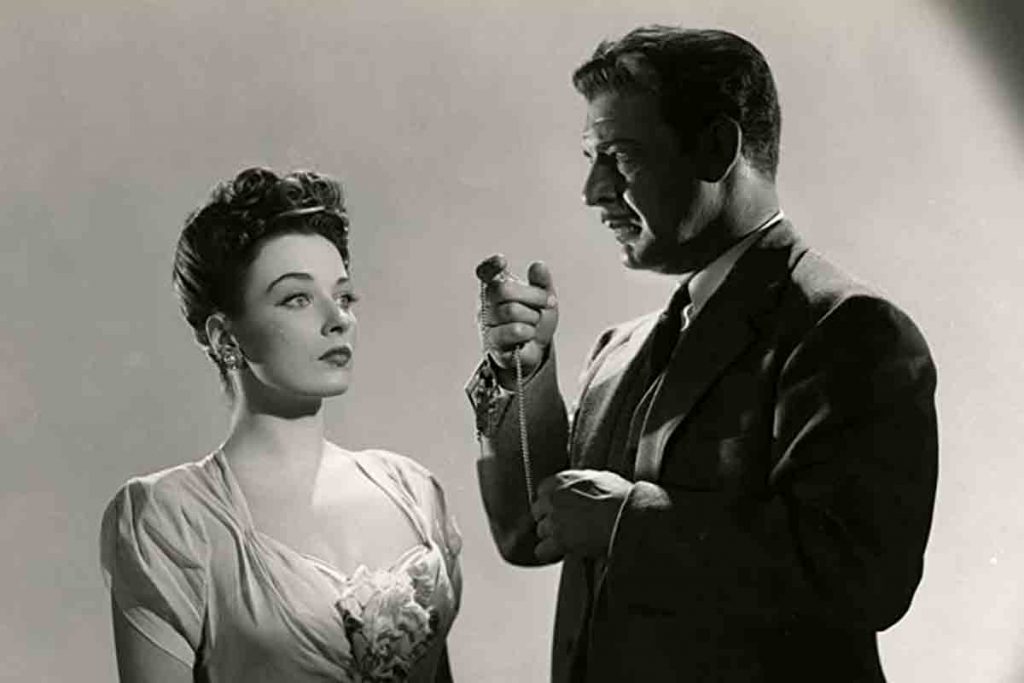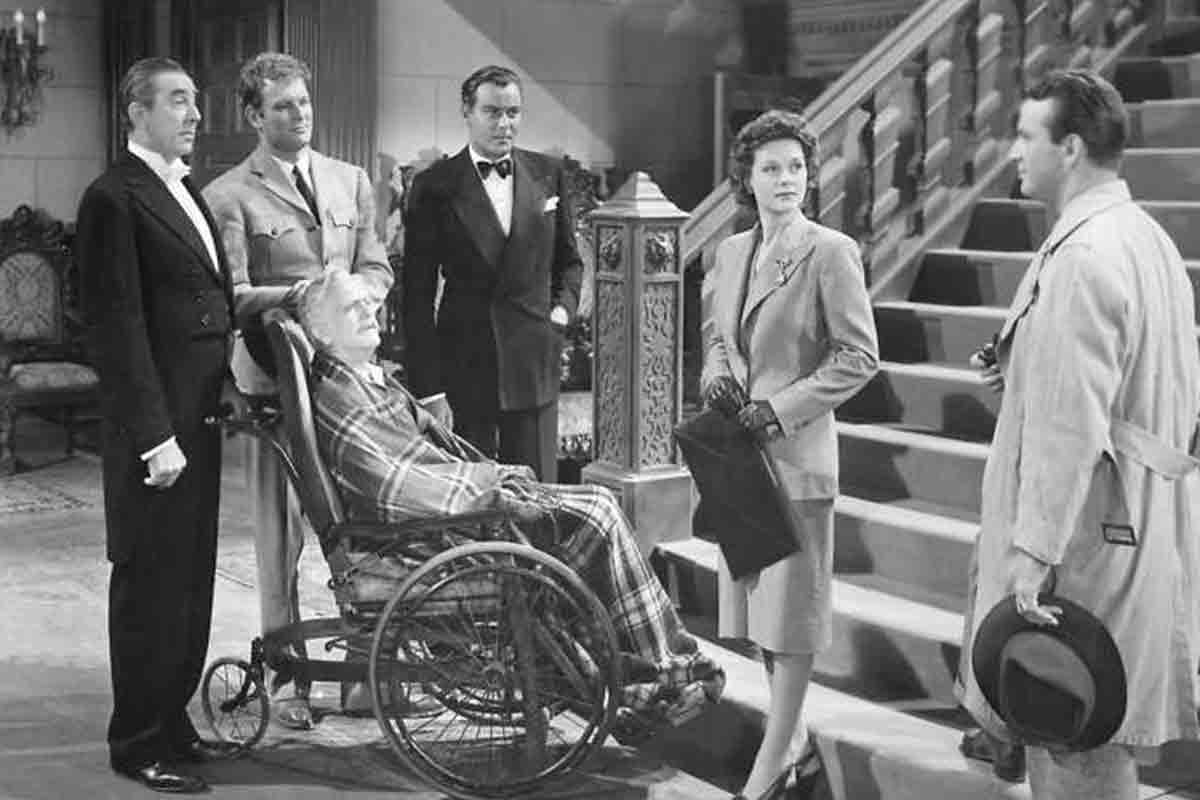
The Inner Sanctum series features six quintessential 1940s mystery and horror films from Universal Pictures. Let’s explore and rank these captivating Lon Chaney Jr-led classics.
The Inner Sanctum series is a collection of standalone horror films produced by Universal Studios in the 1940s, known for their psychological horror and suspenseful plotlines.
The Inner Sanctum series is a collection of horror films produced by Universal Studios in the 1940s. The series was based on the popular radio show of the same name, which was broadcast from 1941 to 1952.
Each film in the series was a standalone horror mystery, featuring a different cast and storyline. However, they all shared a common thread of psychological horror and suspense, often centered around a murder investigation or a supernatural phenomenon.
The most iconic aspect of the Inner Sanctum series was the use of a creaking door sound effect, which became a signature of the franchise. The films were also notable for their use of lighting and shadow to create an eerie and unsettling atmosphere.
Despite their popularity at the time, the Inner Sanctum films have largely been forgotten by modern audiences. However, their influence can still be seen in the horror genre today, particularly in the use of psychological horror and suspense to create tension and fear.
Overall, the Inner Sanctum series was a ground-breaking collection of horror films that helped to establish the psychological horror genre. While they may not be as well-known as other Universal horror classics such as “Frankenstein” or “Dracula,” the films are still worth watching for fans of the genre.
Inner Sanctum Films: Ranked for 1 to 6
1. Strange Confession 1945

A chemist discovers his recent breakthrough was corrupted by his employer, leading to personal tragedy.
Arguably the strongest of the series, this film offers a compelling narrative driven by betrayal and moral ambiguity. Chaney delivers a powerful performance, with a well-crafted build up and impactful climax, though it slightly overshadows some of the supporting characters. Strange Confession 1945 was later remade as “The Missing Head”, demonstrating the story’s adaptability to different times and audiences.
2. Weird Woman 1944

A college professor suspects his new wife, a native from a South Seas island, of practicing witchcraft. Weird Woman 1944 introduces a cultural twist with its exploration of superstition and witchcraft, providing a richer, more exotic background. The interplay of paranoia and supernatural suspicion drives the narrative, creating a compelling psychological thriller, albeit with some dated portrayals. This film was adapted from the novel “Conjure Wife” by Fritz Leiber, which has been adapted into various other films and media.
3. Dead Man’s Eyes 1944

An artist loses his sight when a jealous rival replaces his eye drops with a toxic solution, leading to tragic consequences. This film explores themes of guilt and retribution in a tightly woven plot. Chaney’s portrayal of despair and hopelessness is poignant, though the film sometimes struggles with pacing and a somewhat predictable storyline. The concept of vision and its loss plays a central role, mirroring a real fear many hold, enhancing the psychological impact of the plot.
4. Calling Dr Death 1943

A neurologist is plagued by amnesia and accused of murdering his faithless wife. This inaugural entry sets a moody tone for the series, featuring a standout performance by Lon Chaney Jr. as a man trapped in a psychological maze. The film effectively uses suspense and a noir-like atmosphere, though some plot elements feel slightly predictable. Lon Chaney Jr was at the peak of his career during this period, having starred as The Wolf Man, which greatly helped in marketing these films to the audience of the time.
5. The Frozen Ghost 1945

A hypnotist believes he has caused a man’s death through his psychic powers and retires, only to encounter more mysterious occurrences. Offering a chilling atmosphere and engaging mystery, The Frozen Ghost 1945 stands out for its unique incorporation of hypnotism and psychic phenomena. The narrative, however, may feel convoluted, and the resolution seems rushed. The film makes extensive use of stage magic and mentalism techniques, which were particularly popular entertainment forms during the 1940s.
6. Pillow of Death 1945

The final instalment of the Inner Sanctum series sees Chaney plays Wayne Fletcher, a lawyer who is suspected of murdering his wife. As other people around him begin to die mysteriously, all evidence points to Fletcher, deepening the mystery as he tries to clear his name. Pillow of Death 1945 delivers a blend of murder mystery and supernatural intrigue, with a strong performance from Chaney. The atmosphere is dark and tense, though the plot can sometimes veer into the melodramatic. The Inner Sanctum series ends a note that mixes courtroom drama with elements of the paranormal, a unique combination for the time.
What do you think of our choices? Tell us in the comments section below!




Be the first to comment